Louis Armstrong. Bing Crosby. Sarah Vaughan.
These aren't names typically heard drifting through construction sites in 2011, but a recent discovery at Keeler Sports and Fitness Center at the Classic Madigan Hospital complex has transported Joint Base Lewis-McChord back in time.
More than 8,000 records dating from 1942 to 1960 were found hidden away in a 19.5-inch wall space during the building's renovation process, remnants of a closed-circuit radio station that broadcasted for Soldiers and patients in the hospital. They contain vinyl histories of popular music spanning two decades.
"It really sheds light on the history, an era of Fort Lewis that's really been forgotten," JBLM Assistant Cultural Resource Manager Dale Sadler said.
Thirty cardboard boxes of records along with filing cabinets filled with the collection's card catalog were uncovered by construction workers clearing the space to renovate the building.
"We started hauling boxes out and decided we'd better contact somebody,"said Gary Olson, job superintendent with Advanced Technology Construction.
ATC called the site's U.S. Army Corps of Engineers quality assurance representative, Al Clark, who knew immediately the crew had found something valuable. He called Duane Denfeld of the Cultural Resources Program.
"(The best part is) knowing there's a piece of history right there. It's like all your life you think you're going to find gold, and then it jumps right up in front of your face, but it's not gold colored," Clark said.
Armed Forces Radio Service compiled the collection, sharing it during broadcasts to servicemembers all over the world starting in 1942. Meant to provide a "touch of home," it became so popular that nearly 300 AFRS stations sprang up by the end of World War II, according to the Museum of Broadcast Communications. One of these stations had its studio in what was then known as Madigan General Hospital, playing the classic tunes for wounded Soldiers and hospital staff.
Some records are even old enough to be labeled "War Department," which became the Defense Department in 1947. According to Sadler, items from this era are rare even at JBLM, which began functioning as a military installation in 1917.
Officials suspect that the boxes contain recordings that haven't survived anywhere else.
Even after years of neglect in a narrow, hidden closet, the records are in nearly perfect condition. Now the question is what to do with it all. The Cultural Resources Program is researching the historical significance of the collection before finding it a permanent home, but Sadler intends to keep the collection together regardless of where it ends up.
Clark would love to see it on display, where young people can listen and those who remember the classic swing- and big-band melodies of the era can relive moments from the past.
"Hearing old songs takes you back where you've been before," Clark said. "It's our history. How do we know where we've been unless we can go there'"
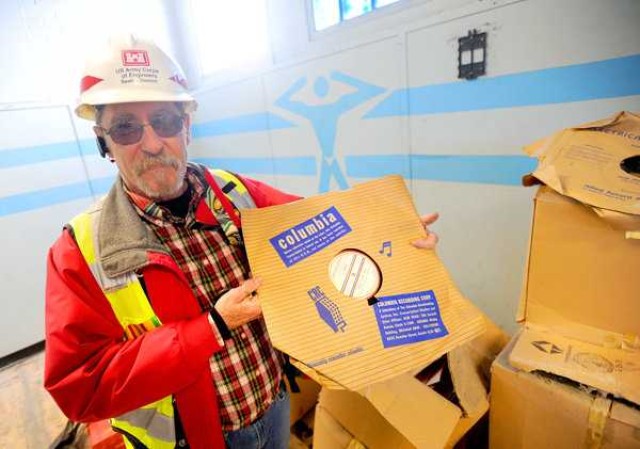
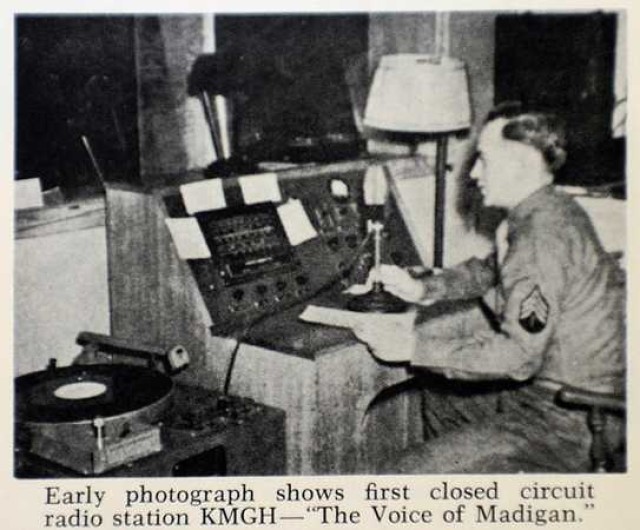
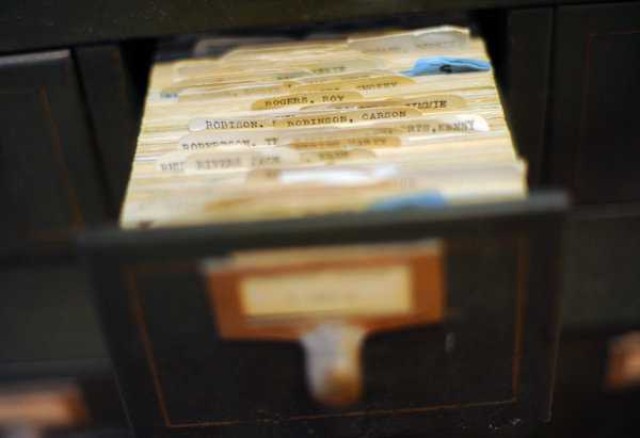
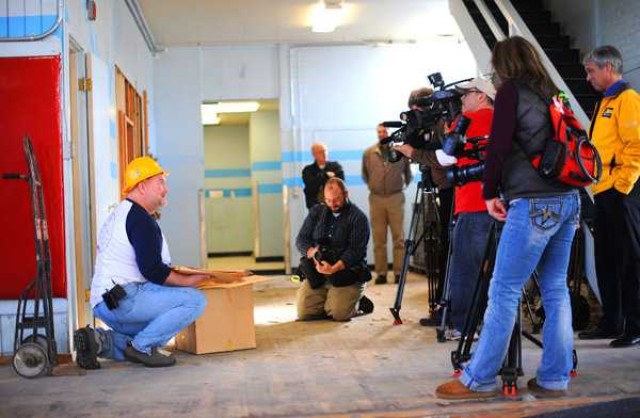
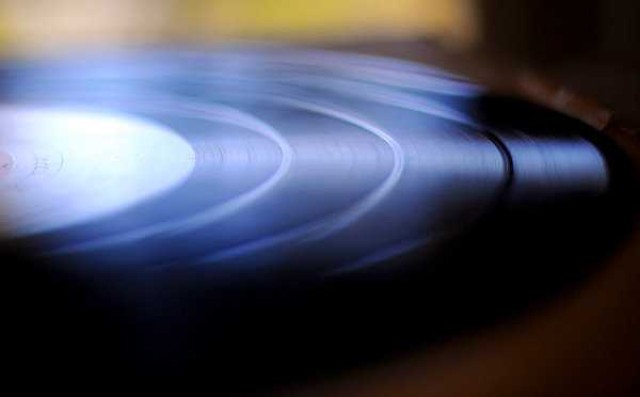
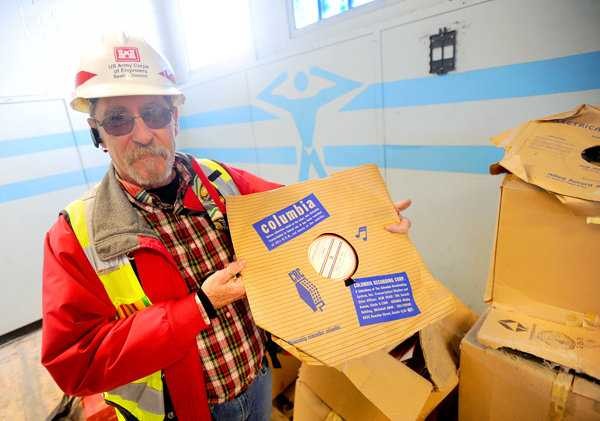
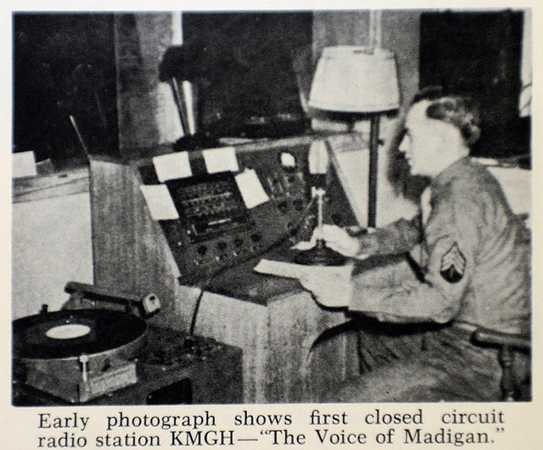
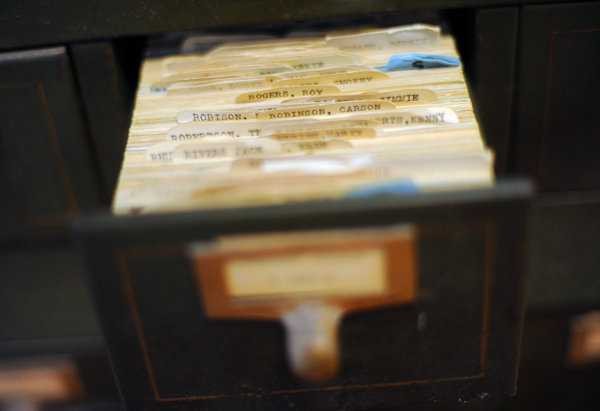
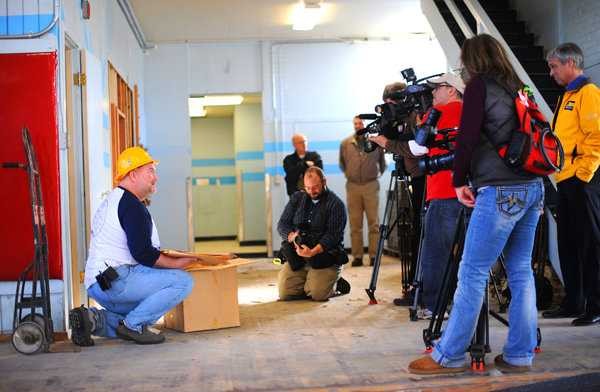
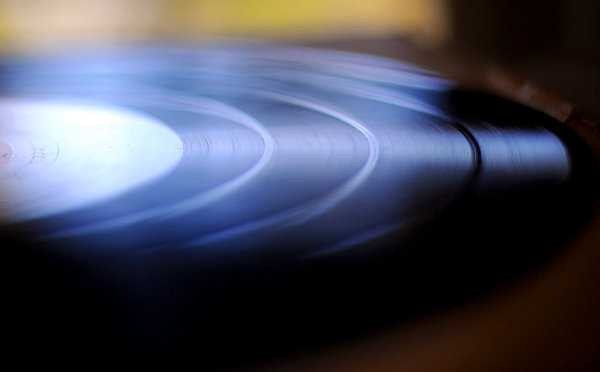
Social Sharing